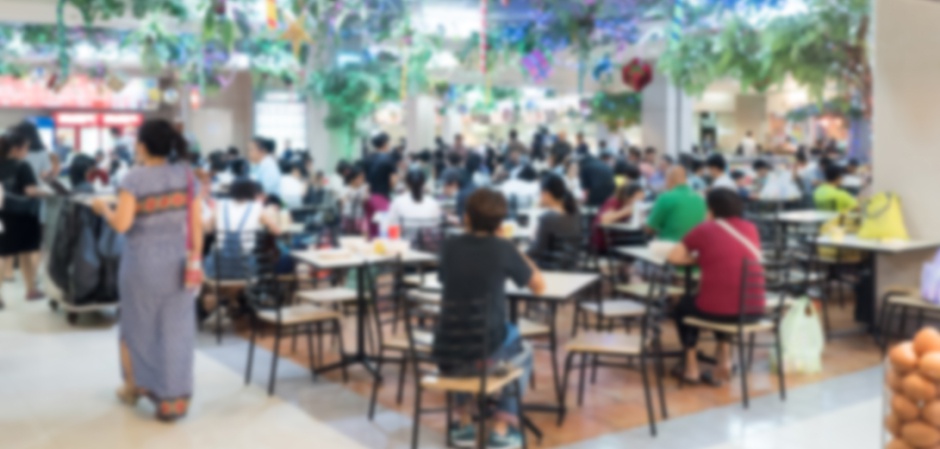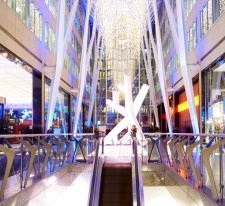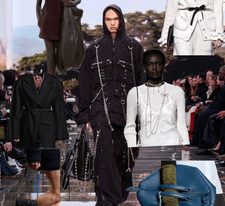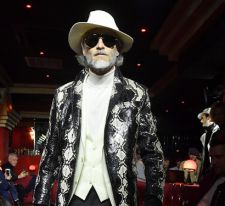In the fall , they count
part 1 part 2 < strong>part 3 part 4
I WON'T BUY IT ANYWAY
The interlocutors «MM» note the continuing change of course in the approach of developers and retailers to customers. "The main target audience of the shopping center is the generation of millennials, both early (1981–1989) and late (1990–1996)," says Oksana Kopylova from JLL. Millennials are much more focused on getting new impressions and experiences than on buying material things. In addition, it is becoming increasingly difficult for shopping malls to compete with online stores.

Therefore, now, in the era of the economy of impressions, one can observe the growth of zones reserved for entertainment, restaurants and cafes. This forces developers to reorganize food courts and attract new, unusual operators of the entertainment segment to their shopping center. In the Moscow market, the reconstruction of the zone of restaurants and cafes has already been carried out by some of the most commercially successful objects: "MEGA Teply Stan", "MEGA Khimki", "Metropolis", "Atrium". In turn, developers of new projects pay close attention to these zones (for example, "Aviapark", "Oceania" or "Afimall").
Entertainment in one form or another is an integral part of the concept of a shopping center, educational and entertainment centers for children, climbing walls and rope parks, trampoline centers, etc. are becoming increasingly common. Developers are aware of the increasing importance of placing entertainment and catering operators in their shopping centers and the popularity of the segment as a whole. Therefore, in the projects under construction, developers are already allocating the largest share to entertainment and restaurant areas, paying close attention to their competent organization.

Tatiana Divina, Senior Director of Research at Cushman & Wakefield, agrees: more and more developers are thinking about updating the concept of their shopping centers: the zones of cafes, restaurants and entertainment are expanding, new iconic tenants and new formats (food halls, farmers' markets) are emerging. For example, «Atrium», «MEGA Khimki» (and regional megas), «Fifth Avenue», «Golden Babylon Rostokino», «Nikolskaya Plaza» in Moscow; «South Pole», «Capitol OUTLET» in St. Petersburg. The company also observes a shift in the focus of retailers to online formats - online stores, applications, delivery.
According to CBRE, automation, optimization for customer requirements and big data ("big data") Here are some trends that are expected to lead to changes in the retail industry and a new way of shopping in the future.
CBRE believes that retailers will increasingly invest in new technologies, and automation and robotics will change the number of jobs in retail by 2030. Technology will replace some people in the retail industry. As online shopping becomes a new reality, the advanced integration of trillions of connected sensors will provide a deeper understanding of consumer models, which will allow retailers to anticipate consumer requirements before they formulate them themselves, and build a more efficient and improved logistics chain. This will allow customers to fully see what they are buying and will help retailers to fulfill orders more efficiently.

Buying what you want, where and how you want will become the norm, the company is convinced. Advances in the development of technologies for smart devices allow consumers to buy literally everything they see, anywhere and at any time. A simple analysis of images from any source in real time makes everything a store. "The future of retail will change more than we could have imagined. At CBRE, we have conducted an in-depth analysis of what will change, what it will mean for consumers and the retail industry in general," says Andrew Phipps, head of Retail Market Research at CBRE in the UK and Europe, the Middle East and Africa. "Real estate remains an important sales channel and will be of all the greatest importance for transmitting information about the brand and impressions from it."

CBRE analysts, in addition, believe that the experience of a new generation of shoppers is specific and cannot be generalized. Knowledge of consumer habits of shoppers, leisure activities, style and color preferences means that retailers can give their consumers a unique personalized offer. Personalization will be a key factor determining the development of retail in the future.
Text: Ekaterina Reutskaya
Photo: shutterstock.com











